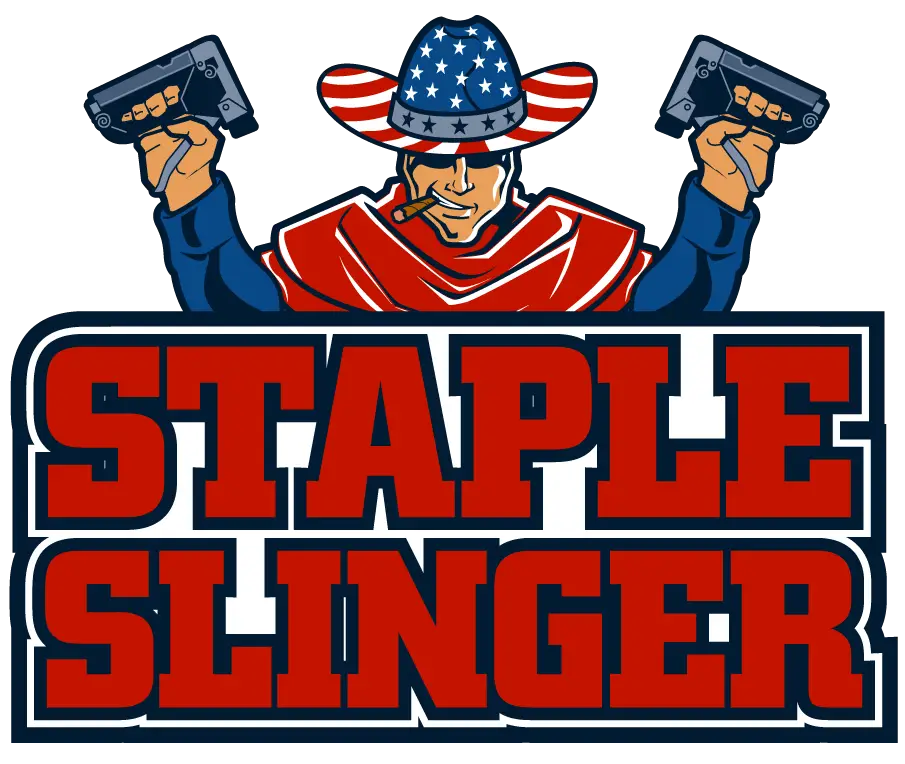What size nail gun for fence pickets? Сomplete guide
If you are building or renovating your picket fence, using the right size nail gun for fence picket will get the job done properly and in a manageable way. You’ve come to the right place if you want to know what nail gun size for fence pickets correctly you should use.
We would like to share our checked answers with you. Let’s assume you have fences of standard sizes ranging from 8/5″ to 2×4″. The nail size you should use is 2 inches.
So you need to use the best nail gun for fence pickets that can handle nails of this size and get enough of them into each picket without damaging or splitting them. It’s either a coil siding nail gun or a framing gun.
Repairing or building a picket fence should not be taken lightly, so we recommend that you continue reading this post to learn more about the right tools to create a beautiful and durable fence.
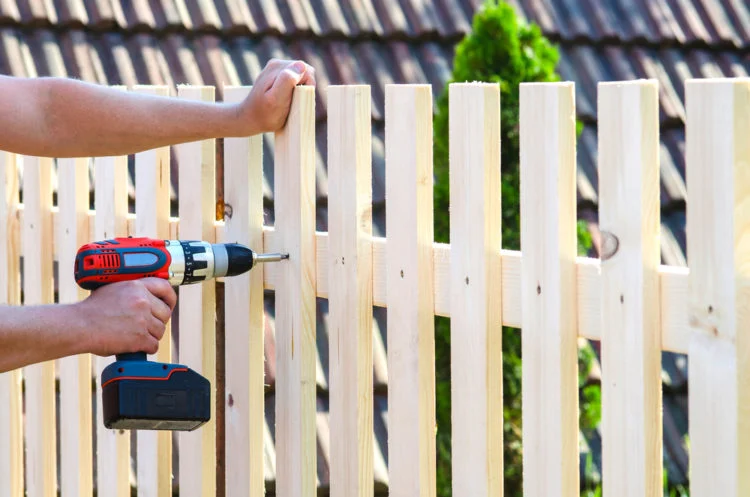
What kind of nails do you use when building a fence?
A picket fence is only as strong as the nails that hold it together, and all nails are different. Each type of nail has its own characteristics, and this is clearly shown when the wrong type of nail is used to build a fence.
Wood expands and contracts when wet and then dries.
The expansion and contraction of wood is the main reason why fence nails break and fences fall off the fence rails.
Railings, posts, or filler boards, are common factors in wooden fences, regardless of design, and all require the use of nails to hold them together.

Railing
The nails used to attach the fence pickets are just as important as the nails used to attach the railings. Incorrect nail size can cause the panels to split and detach from the studs.
The most suitable nail for a fence picket is 16d (3 1/2 inch) nails. A ring shank nail has concentric ridges (rings) along the length of the nail shank, which cause the embedded nail to grip the wood so tightly that it is difficult to pull out.
The appropriate nail material is determined by the type of wood used. Aluminum and stainless steel are suitable for cedar and mahogany fences. Use hot-dip galvanized or stainless steel nails for stressed wood.
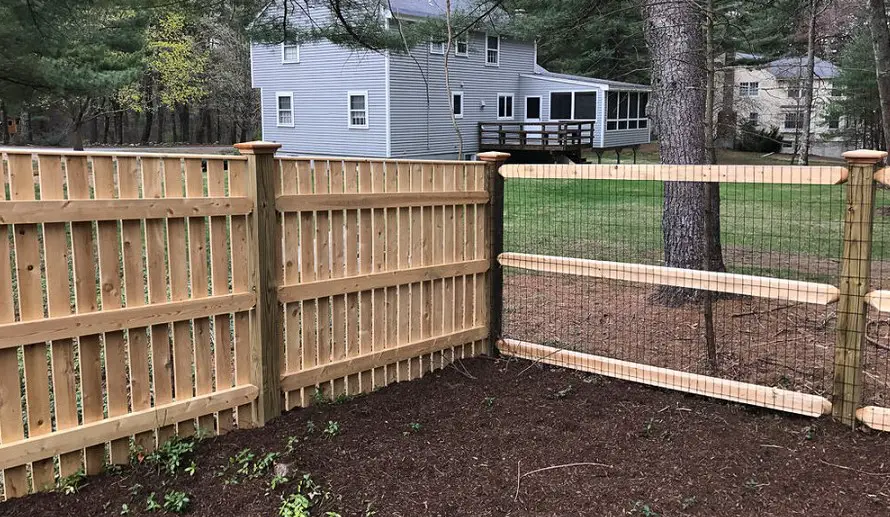
Pine fences
Unfinished pine fences are the least likely to corrode fasteners, but this does not mean that any type of nail can be used to attach fences or fence rail. Fences made of pine are notorious for warping and twisting.
To minimize twisting and warping of picket fences, use 6-inch (2-inch) ring nails made of galvanized steel for 1×4 or 1×6 fences. Galvanized steel is cheaper than aluminum but can corrode and is not used for pine fences.
Galvanized steel nails are used to reduce the overall cost of the fence.
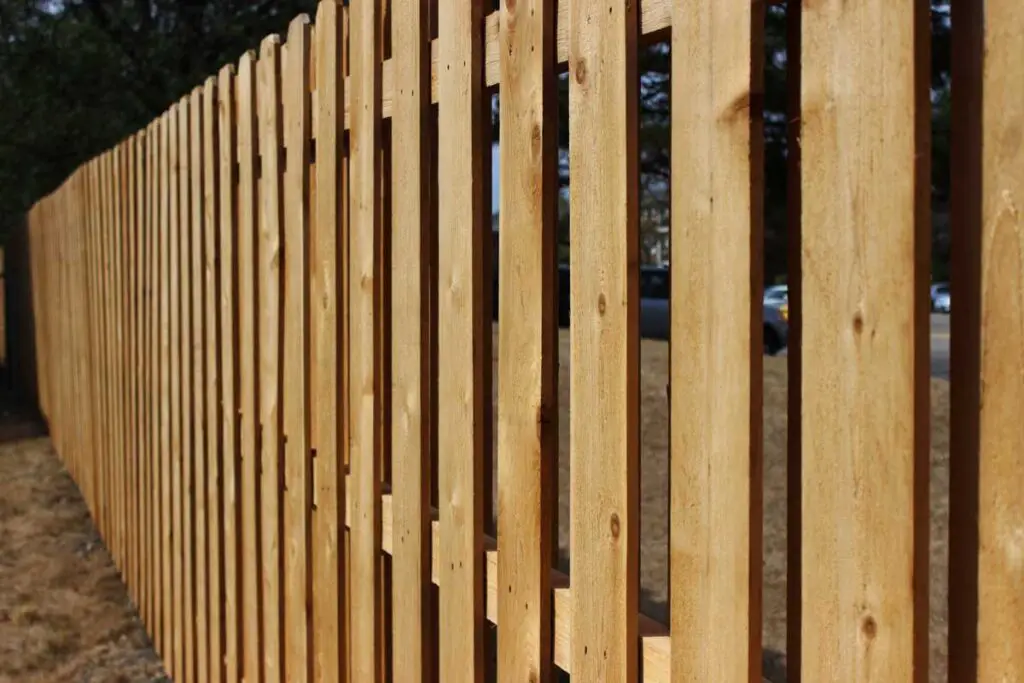
Treated pine fences
Pressure-treated wood is treated with chemical preservatives to ensure resistance to decay and insect damage.
It is the best economic choice for a wooden fence.
Choosing the right nail for this type of wood is very important, as chemicals attack some metals such as base steel and aluminum.
Hot-dipped galvanized nails are standard and have greater corrosion resistance than galvanized or hot-dip galvanized materials. The most reliable material for pressure beams is stainless steel. Use 6-inch (2-inch) round nails to attach the railings and filler boards.
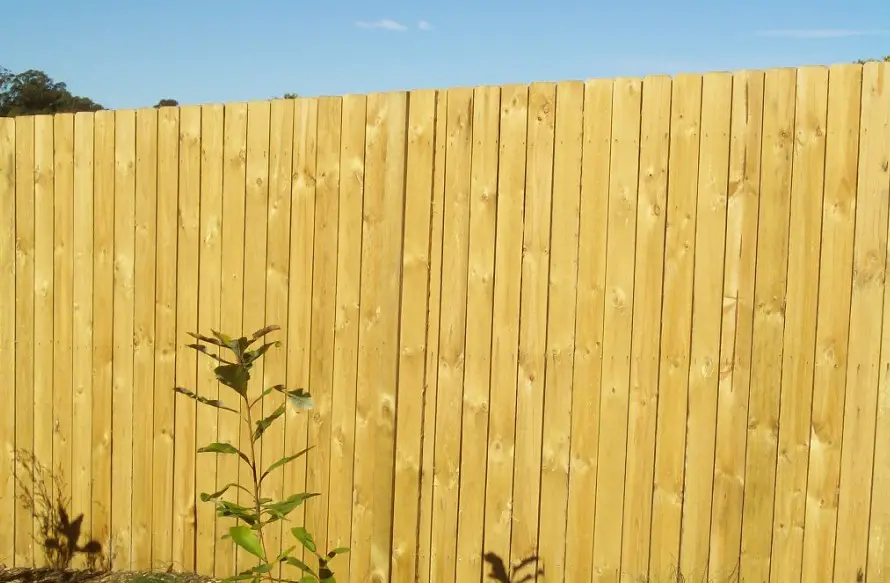
Cedar and mahogany fences
Cedar or redwood fences usually look better than treated wood fences but are more expensive. This beautiful wood contains natural acids that can attack normal nails.
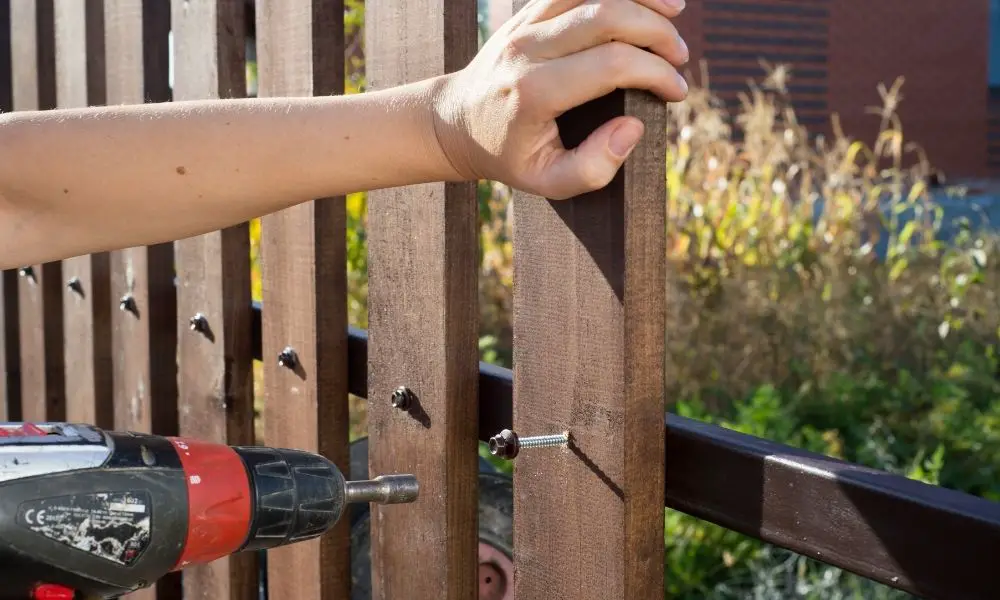
It also reacts with galvanized nails, leaving the dark streaks or bleeds you see on many fences. The best option for cedar and mahogany is stainless steel, which does not flow and is the most corrosion-resistant nail material.
Aluminum is also acceptable in many climates, but for coastal areas and very wet conditions, stainless steel offers more protection that is worth the extra cost. Use 6-inch (2-inch) nails for the posts and 16-inch nails for the fence rail. Again, ring shank nails have the best holding power.
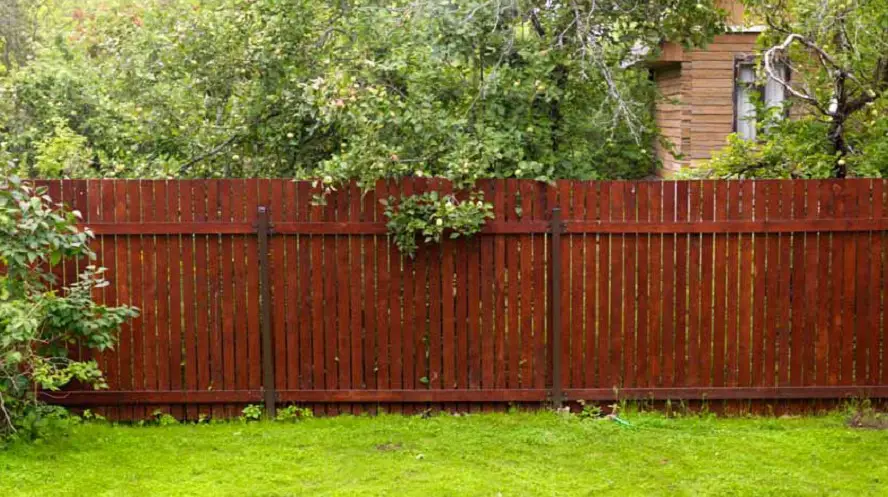
Nails vs. Screws: Which is Better for Fences?
This is a question that fencing famous companies have been debating for a long time. If you are planning to install a wooden fence on your loved property, you may be interested in which one is better to choose.
The truth is that any type of connector necessarily will do the job. Such as screws and nails connecting pieces of wood together. However, there are fundamental differences betwixt these two types of devices.
These distinctions mean that both have advantages and then disadvantages over the other. If you match a screw and a nail, the physical differences are quickly apparent.
Nails typically enough have a long, straight shank and a rounded head at one end. Nevertheless, some nails have notches or ring spiral around them to help them grip the wood.
For instance, a ring shank nail has concentric rings along the shank to prevent it from sticking out. Nail guns are suitable for fencing projects.
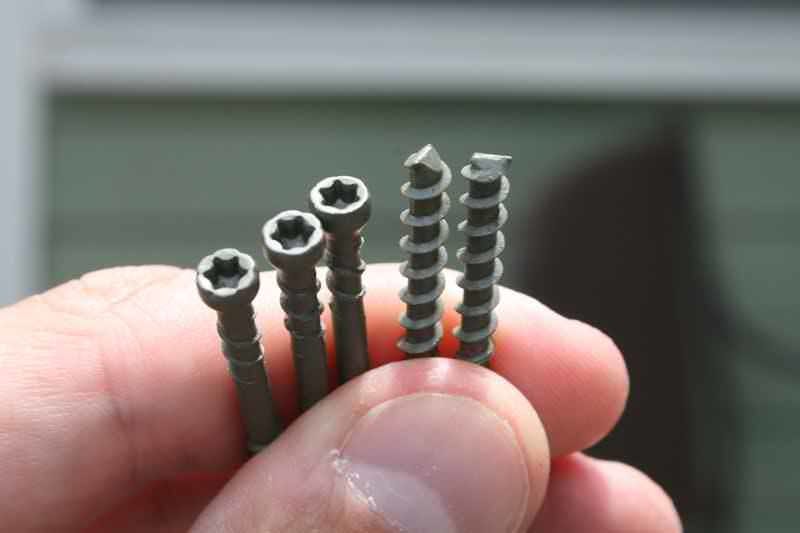
What size nails do I use for fence pickets?
The best nail gun type for attaching fence pickets:
1. Nail gun for roll fairing
Professional best nail guns for intensive use on construction sites.
Superior drive power drives nails up to 2-1/2 inches, and tool-free drive depth adjustment allows precise control of nail depth.
Nail guns designed with replaceable triggers, single series, and high-speed contact equipped with a large side loading pod for quick and easy loading.
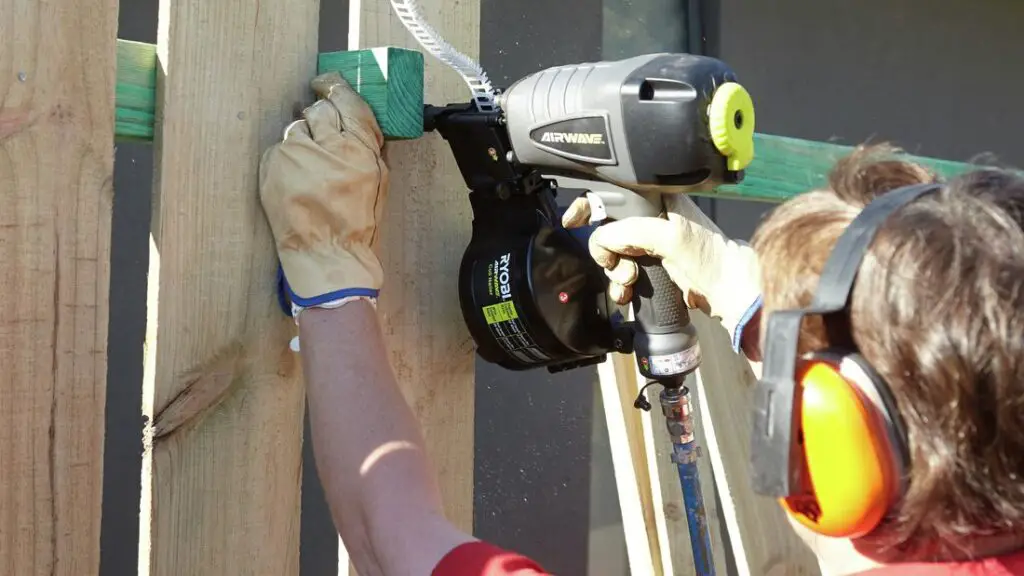
Features
- Superior drive power drives 2-1/2″ nails into fiber cement siding, wood siding, and wood planks.
- Robust construction for daily use on the construction site.
- Switchable trigger operation modes, single series, and high-speed contact.
- High-capacity side loading canister for quick and easy loading.
- Anti-scratch nose cap attachment protects the material from marks.
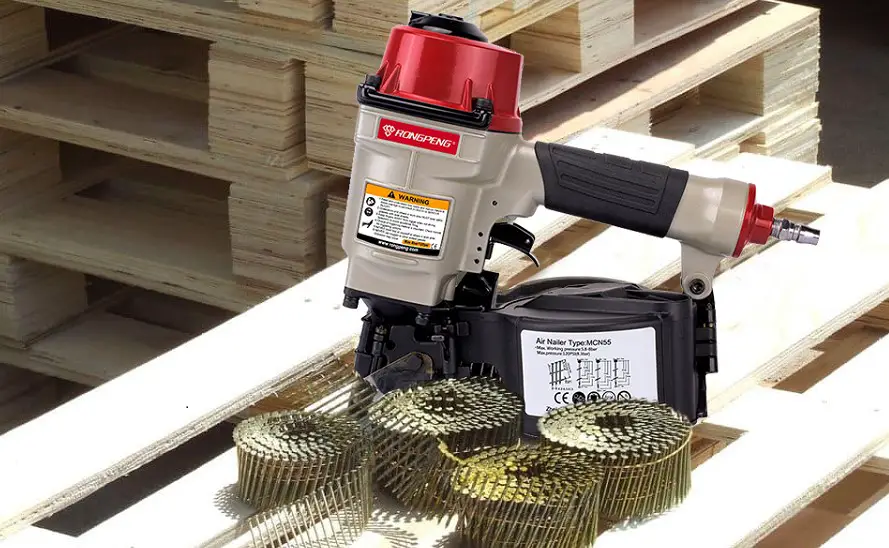
2. Gun framing
The price of a framing gun is less than a coil siding nail gun for fence pickets. Also suitable for fences and railings. You desirable must use galvanized nails size under 2 inches.
A problem with frame nail guns when functioning for fence pickets or palisades is blowing, which can be problematic but can be avoided.
But you don’t have to worry too much because you can avoid this with careful and correct use. Another problem is that it is difficult to find a suitable nail gun for short nails.
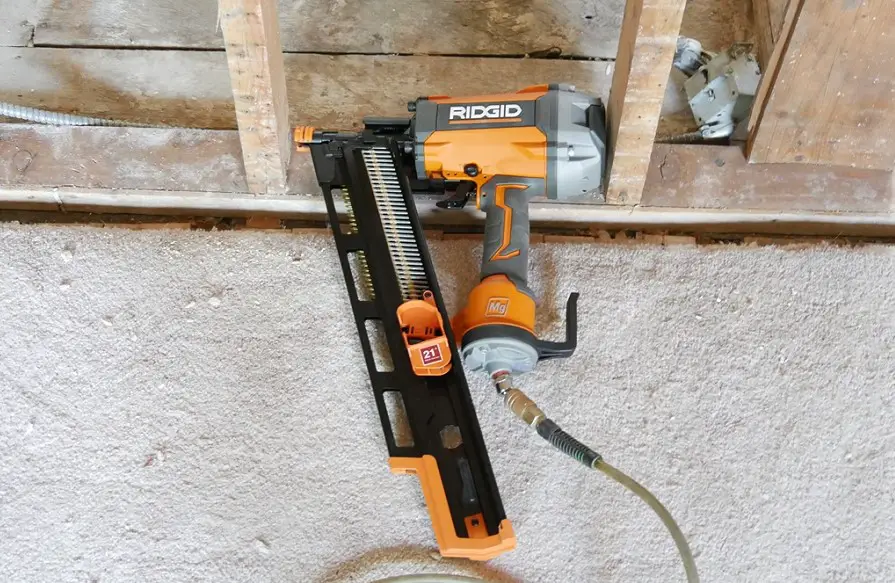
3. Finished nailing
Finish nailers are inexpensive simile to other framing nail guns I have featured. Well, I am sure, it’s just as effective as other top nail guns and will set nail lengths from 1 inch to 2-1/2 inches just like a spiral framing nailer.
The trim nail gun may hammer up to 15 or 16 nails for added structural stability.

4. Rechargeable carnation
Cordless tools are for those who want to have a cordless or rechargeable tool in their kit. A cordless nailer is a little different than a traditional nailer. Cordless nailers can only drive 16-gauge nails.
However, a cordless nail gun can easily drill holes in fences and other common wood with 1- to 2.5-inch nails. Plus, it can hit up to 1000 actions on a single charge, making it perfect for smaller fencing projects like braces and concrete girders.

What size nail gun for fence pickets or paling?
You’ll need a framing nail gun that can drive the right nails size into the fence pickets that goes together without splitting the fence itself. Assuming you’re nailing 5/8″ nails (the most common size) into a 2″ x 4″ piece of wood, 2″ nails are ideal.
Avoid regular 2-3/8″ nails as they may come out of the guides. Since most wood fence pickets are the same size, the best nail sizes are 6d to 8d, and ring stem nails are 1 to 2 inches.
The nail gun should hold the nails large enough to hold the fence.
Use ring toenails that work best. It is a peg with concentric rings or ridges that run the length of the stem. The hook holds the tree firmly and keeps it in place for a long time.
So if you ever need to replace your fence or have a nail problem, you’ll have to work hard to get it out. Alternatively, you can use long 1 to 1-inch screws to attach the slats, but this will take much longer.

FAQ
The framing nail guns are made used enough for a larger fencing project. What nails size do I use for fence pickets?
We more often commend nails size 8d to 10d nails, 1-1/2″ ring shank nails, or such as 1-1/4″ to 1-3/4″ long nails for fence pickets.

There are no rules for sticking glass to the top of walls or driving nails or carpet studs into the top of your fence. Which are bigger nails 16 grams or 18 grams?
1.65mm thick, larger, and stronger than 18 gauge nails. Ideal for heavier jobs such as installing door frames or attaching exterior panels.
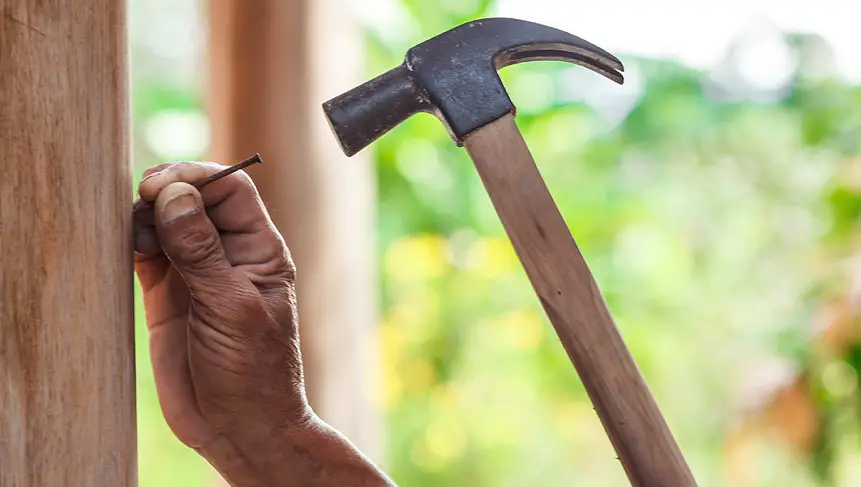
Framing nailer are used in large-scale projects such as fencing, decking, roof coverings, subflooring, and framing. The nailer drives large nails from 113″ to 0.131″ in diameter and 1-1/4″ to 3-1/2″ in diameter.

Finish
As you can see, finding great fencing nails for fence pickets is very easy. If you’re not sure what works for your fence pickets, try different nail lengths and sizes on a fence post or two, and once you find a good solution, you’re good to go!
Read on site: Best Staplers for 50 Pages (2024)
